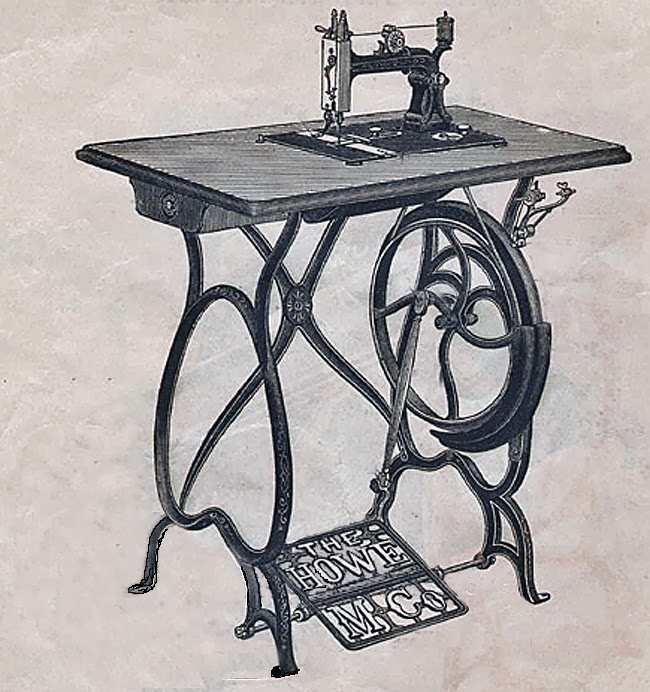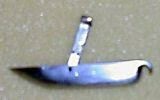Several years ago I purchased this child's 'quilt'
through an online auction.
 |
| The appearance improved greatly after being laundered. |
I was the only bidder.
It is not the type of quilt
I normally consider purchasing.
Being a relatively new grandmother at the time
I guess the odd collection of multicolor,
line embroidered blocks charmed me.
Most of them appear to have been stitched
using a child's artwork as patterns.
Unfortunately the workmanship in the assembly
of the quilt didn't live up to the charm of the blocks.
The backing was a chopped up old sheet
folded to also serve as a partial batting.
The quilt pulled and puckered so much
that it could not lay flat.
Parts of the quilt were sewn together by machine.
Other parts were hand sewn
with white embroidery thread.
It was stained and smelled terrible!
Sooooo...I did something I don't usually do.
I took the original quilt apart
and used the blocks to make a new one.
 |
| That clown has to be one of the creepiest I have ever seen. |
None of the blocks were square
or even close to the same size.
Most needed to be trimmed down.
A few blocks were too small
and needed to have fabric added.
Leftover fabric trimmed from the larger blocks
was added to the small ones.
Three different 1930 reproduction greens
were selected for the sashing and outer border.
My goal was to have the quilt appear as though
there had not been enough of the green
used first to complete the quilt
so others were substituted.
Scraps from all of the green fabrics
were used for the applied binding.
The white inner border is made from
fabric salvaged from the back of the original quilt.
The cornerstones are small 9-patch blocks
made with the green sash fabrics and
a variety of 1930 reproduction prints
in multiple colors
to accent the colors in the embroidered blocks.
 |
| A good stash of fabrics is handy for projects like this one! |
|
One block has the classic children's bedtime prayer:
"Now I lay me
down to sleep,
I pray the Lord
My soul to keep."
That block can be found in the lower right corner.
Another block is embroidered with the name
"Shelly Gay"
and a heart shape filled with 'love'.
That block can be found in the lower left corner.
 |
| The finished quilt fits a twin-size bed nicely. |
|
The quilting is an allover diagonal grid.
My goal was to keep it simple
so that these charming blocks
so lovingly embroidered and set together
for Shelly Gay
will forever be the focus
of the new quilt they have become such a major part of.
 |
A small floral print with small orange flowers and green leaves was used on the back.
The print serves as a nice compliment to the front of the quilt.
|
This special quilt keeps my grandchildren warm
when they visit.
Happy quilting!








